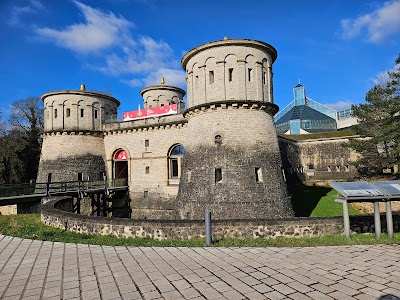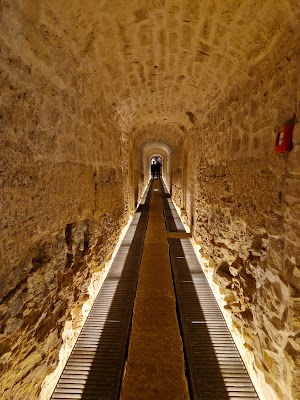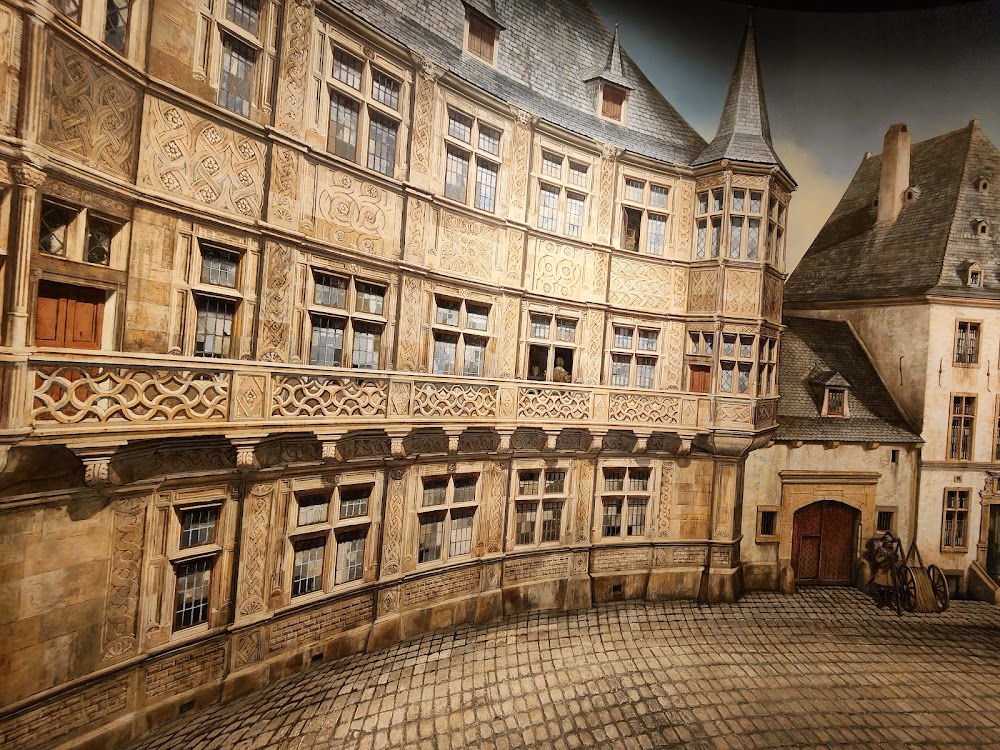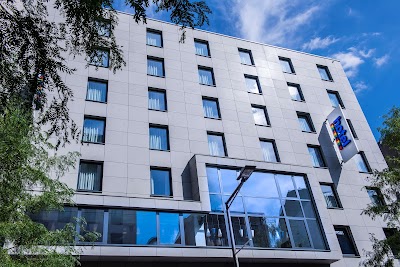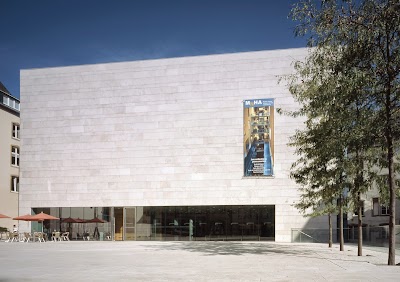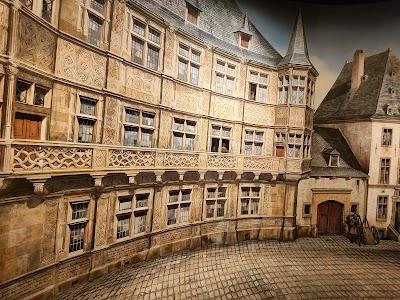Fort Thüngen (Fort Thüngen)
Overview
Welcome to **Fort Thüngen**, one of Luxembourg City's most captivating historical landmarks. Nestled in the Kirchberg quarter in the northeastern part of the city, this impressive fortress, affectionately known as "Three Acorns" due to the acorn-shaped structures crowning its three towers, offers visitors a unique glimpse into the region's rich military heritage.
Constructed by the Austrians between **1732 and 1733**, Fort Thüngen was originally designed as part of the defensive network surrounding Luxembourg City, a significant strategic location in Europe at the time. The fort underwent significant expansion during the **19th century** under Prussian occupation, further solidifying its role in the extensive fortification system of the era.
As you stroll around Fort Thüngen, you'll be struck by its impressive stone architecture, which showcases centuries of military engineering expertise. The fort features a star-shaped design, a hallmark of military fortifications that enhances its defensive capabilities against potential attackers. Perched on a hill, it offers breathtaking panoramic views of the surrounding landscape, making it a popular spot for photography enthusiasts and nature lovers alike.
One of the standout attractions at Fort Thüngen is the **Musée Dräi Eechelen**, located within the fort's restored sections. This museum provides an insightful overview of Luxembourg's history, from the fortress's construction to its eventual decommissioning. With a variety of artifacts, documents, and multimedia presentations, the exhibits bring to life the military, political, and social evolution of Luxembourg.
The historical significance of Fort Thüngen extends beyond its stone walls. After Napoleon's defeat, the **Treaty of London in 1867** mandated the dismantling of many fortifications in the city, yet Fort Thüngen was preserved due to its cultural importance. This preservation highlights the fort's symbolic value as a cornerstone of Luxembourg's national heritage.
Visiting Fort Thüngen provides not only a journey back in time but also an opportunity to enjoy the serene parkland that surrounds it. The lush greenery surrounding the fortress offers a perfect contrast to the imposing stone structures, creating a tranquil space for reflection and relaxation. Nearby, the **Mudam (Museum of Modern Art)** adds to the cultural richness of the area, blending historical and contemporary art in a vibrant setting.
Fort Thüngen is steeped in intriguing history. During **World War II**, the fort was repurposed by German forces, and its name pays homage to Baron von Thüngen, the Austrian commander responsible for its initial construction. Among its many features, a network of tunnels and underground passages adds an air of mystery, hinting at the clandestine military operations that once unfolded within these walls.
Moreover, the fort serves as a dynamic venue for cultural and social events, from historical reenactments to contemporary art installations. These events provide a unique opportunity to engage with the fort's history, ensuring that Fort Thüngen remains a vibrant part of Luxembourg’s cultural landscape.
For international visitors, Fort Thüngen is easily accessible via public transport or a short walk from the city center. Guided tours are available, offering deeper insights into the fort’s historical context as well as the intricate details of its construction and use. It's advisable to check the tour schedule in advance, as these guided experiences can greatly enhance your visit by providing expert knowledge and answering any questions you might have.
In conclusion, Fort Thüngen is not merely a fortress; it is a storied monument to Luxembourg's rich history. With its architectural beauty and cultural offerings, it is an essential stop for anyone interested in the intricate tapestry of European history. Whether you're a history enthusiast, an inquisitive traveler, or someone seeking a picturesque spot, Fort Thüngen promises a memorable experience that beautifully bridges the past and present in a uniquely Luxembourgish manner. We invite you to explore this magnificent site and discover the tales etched into its ancient stones.


